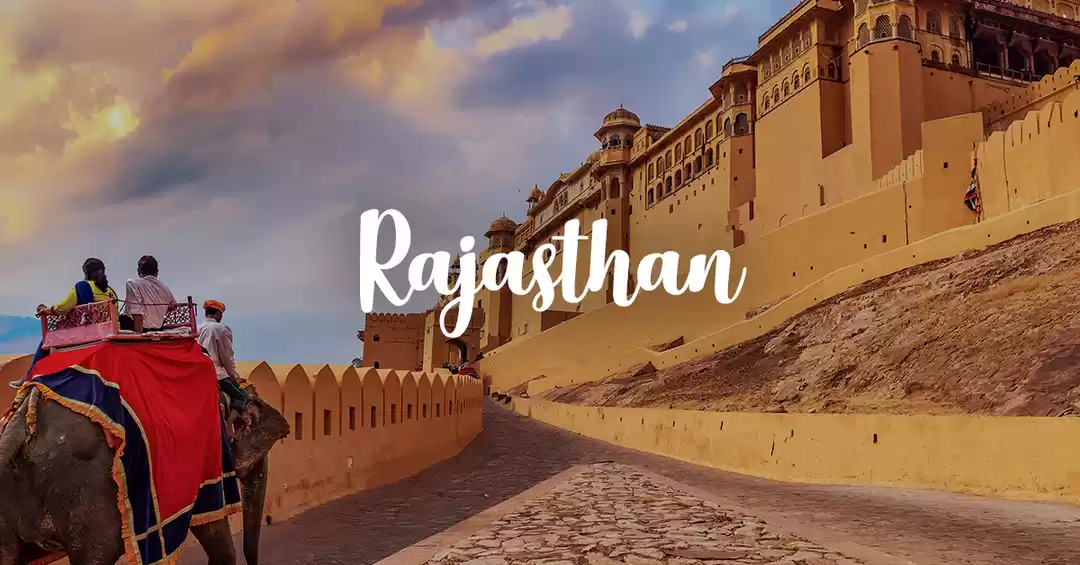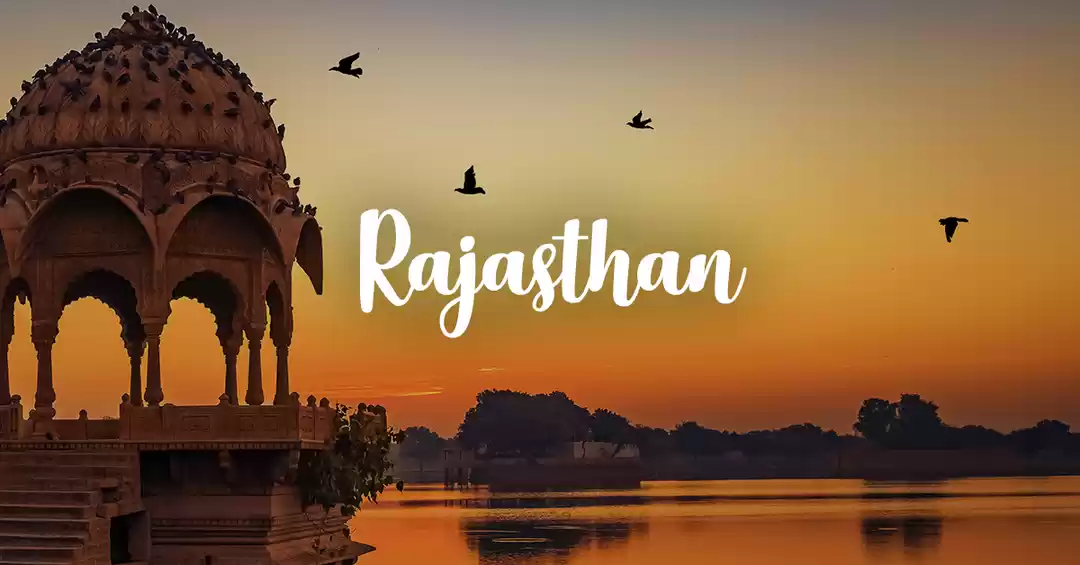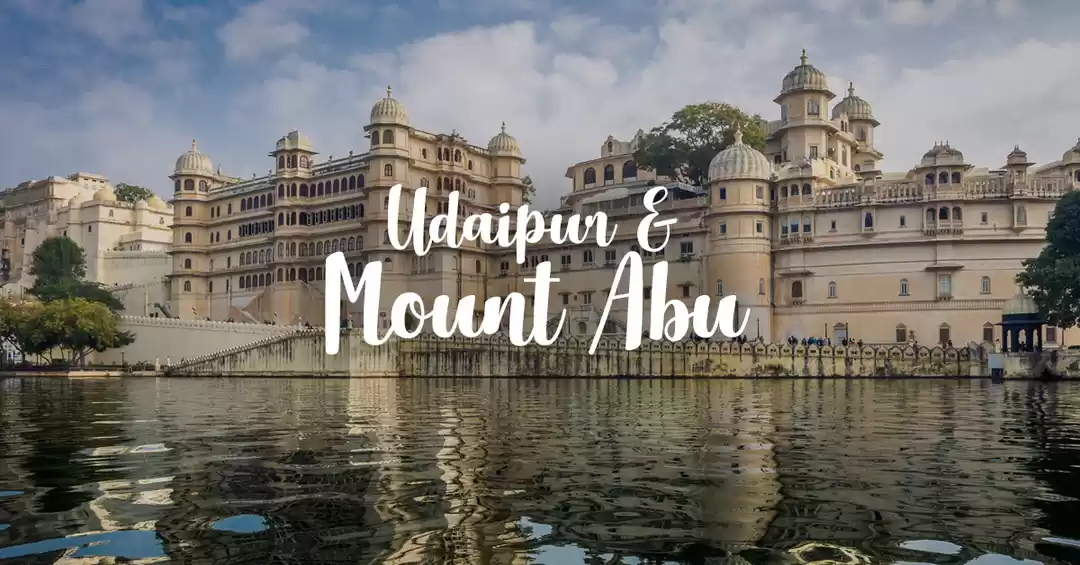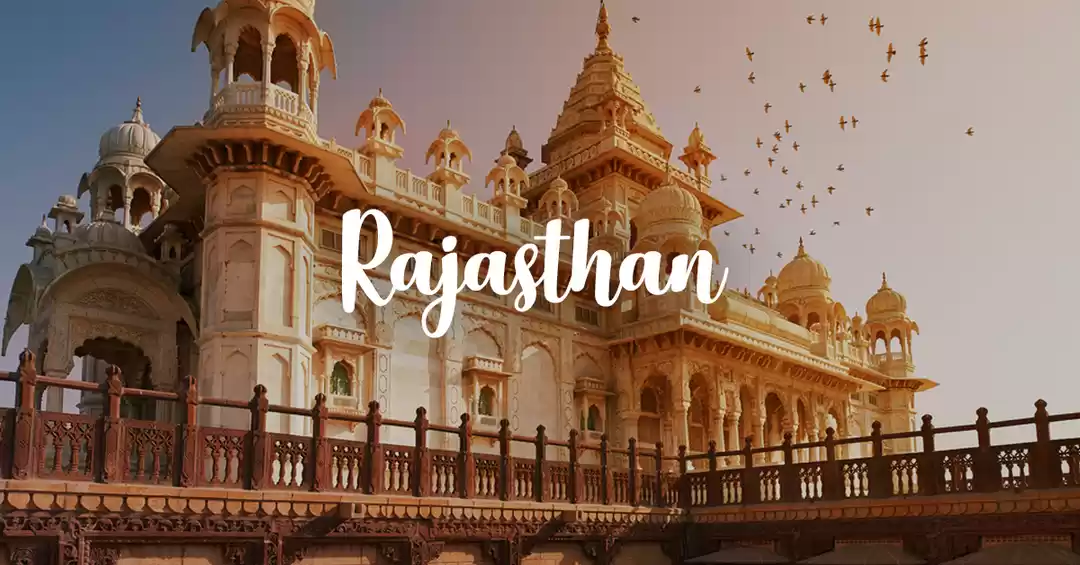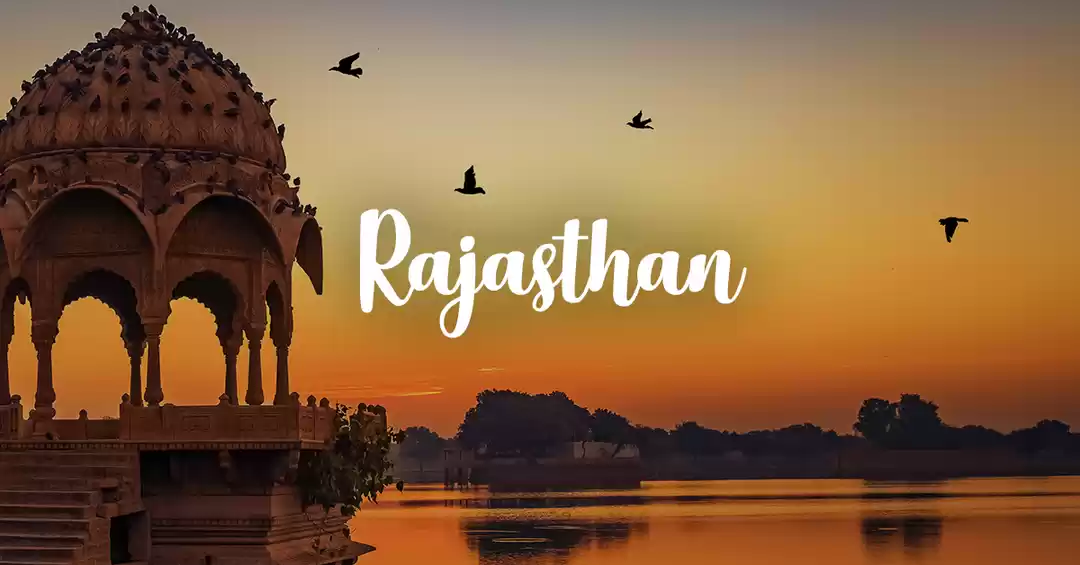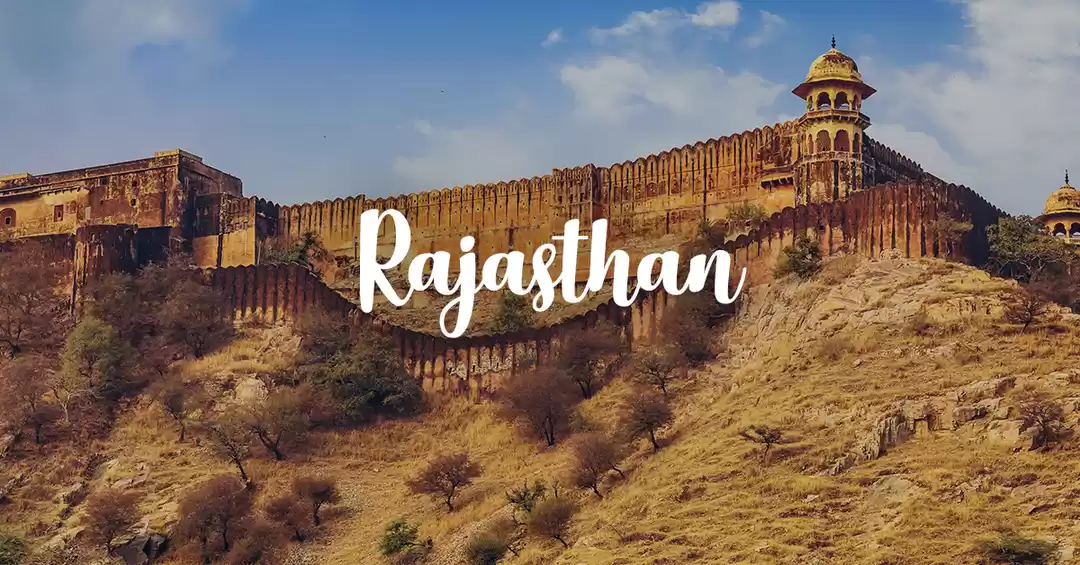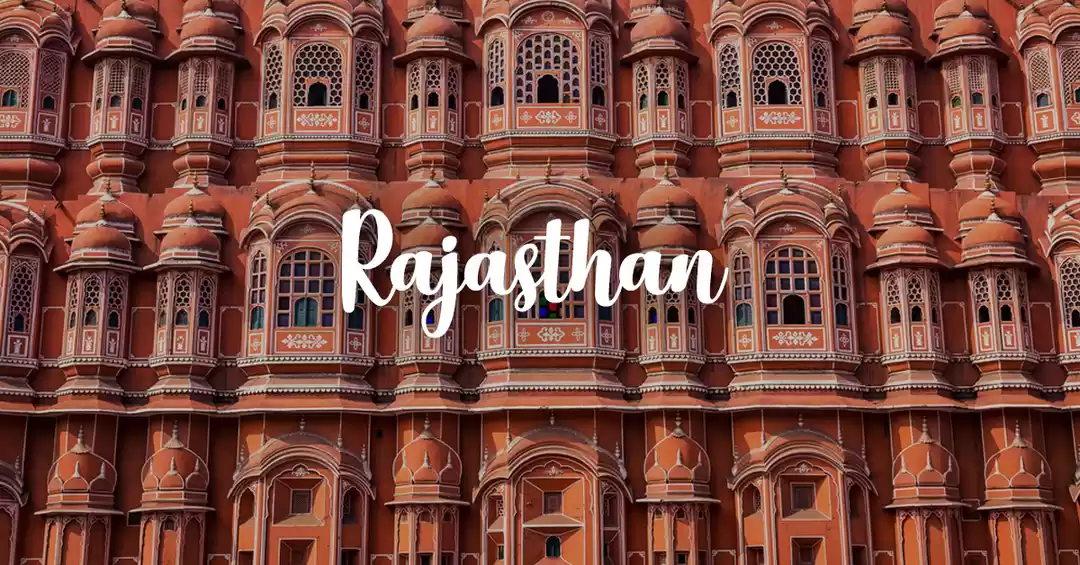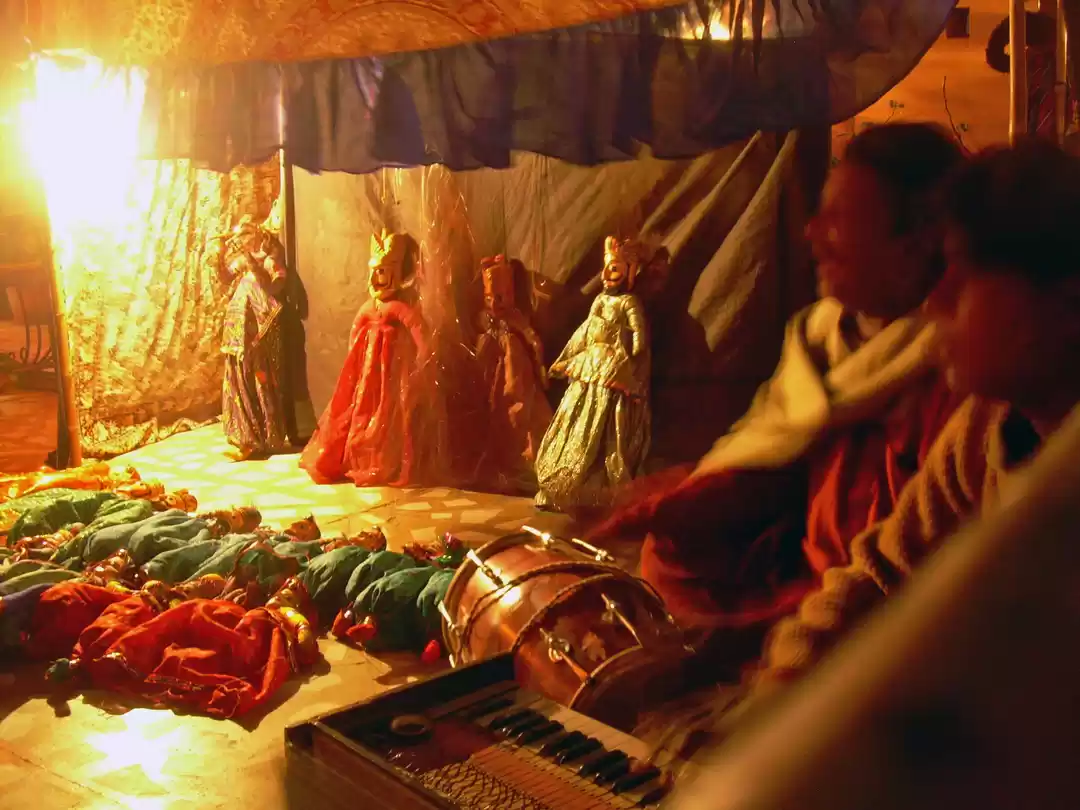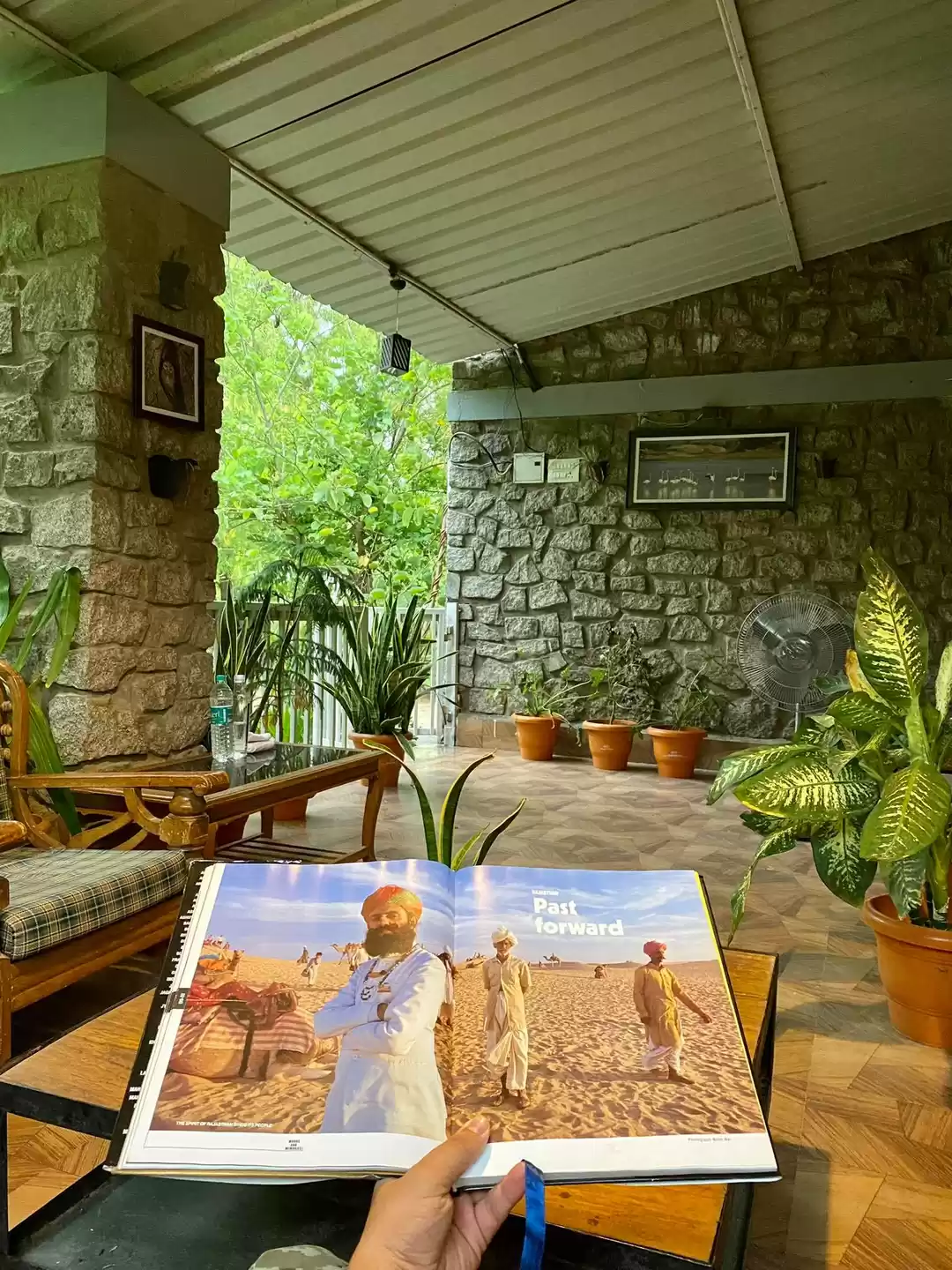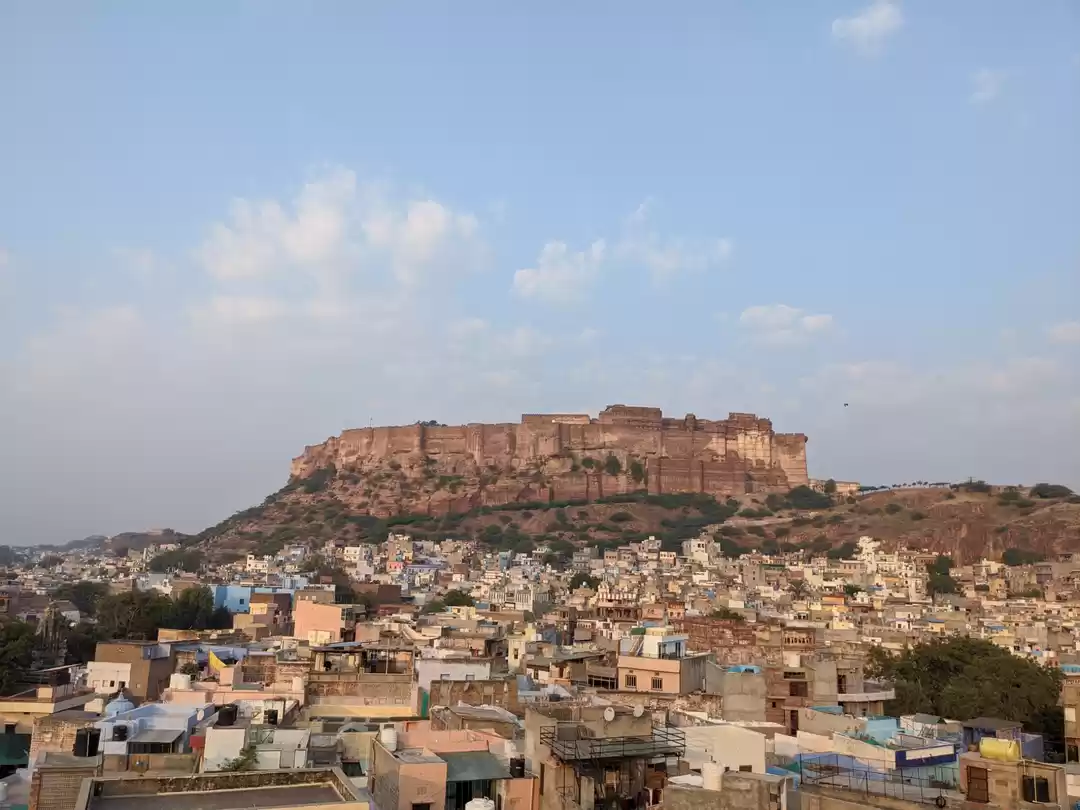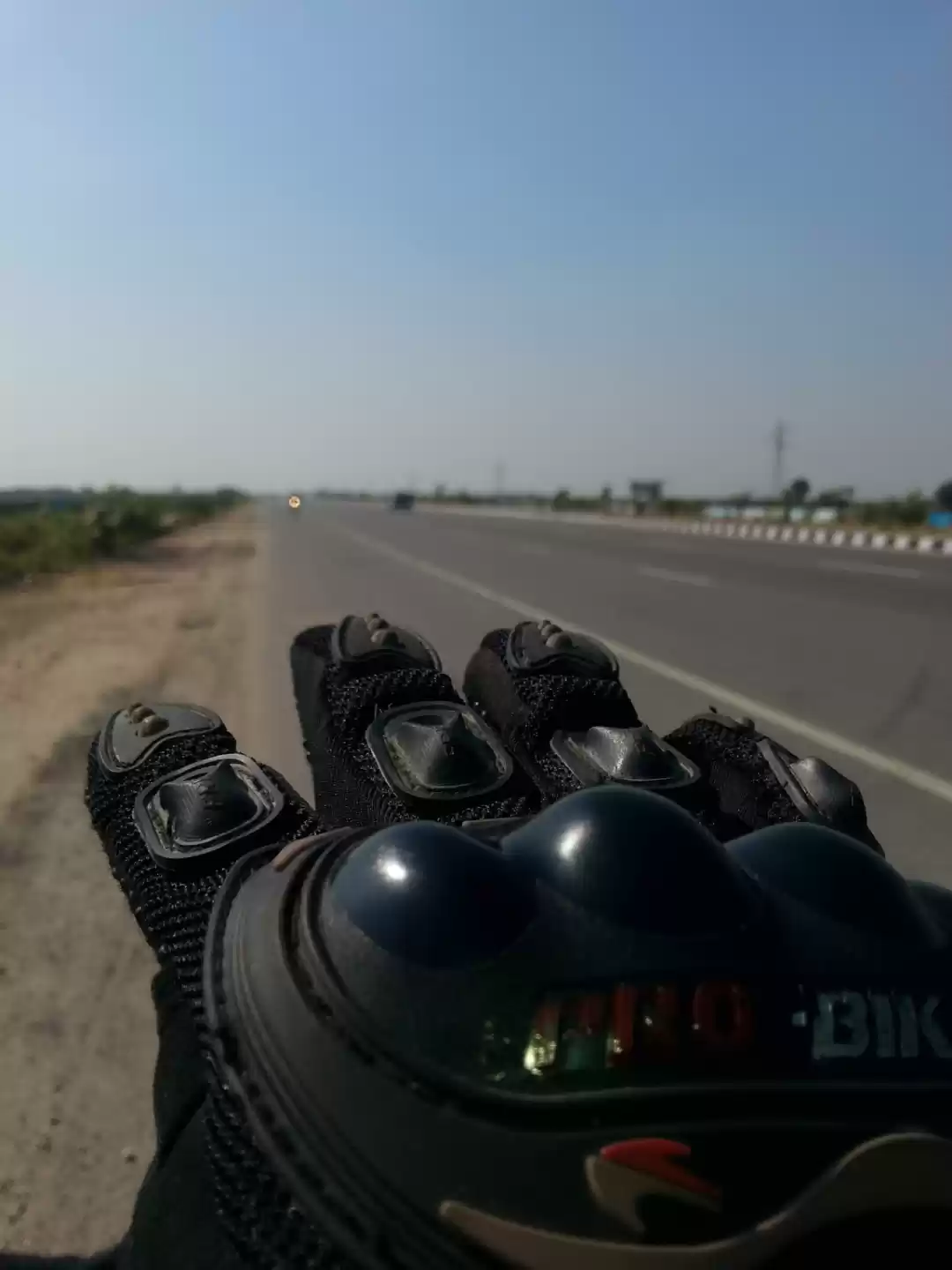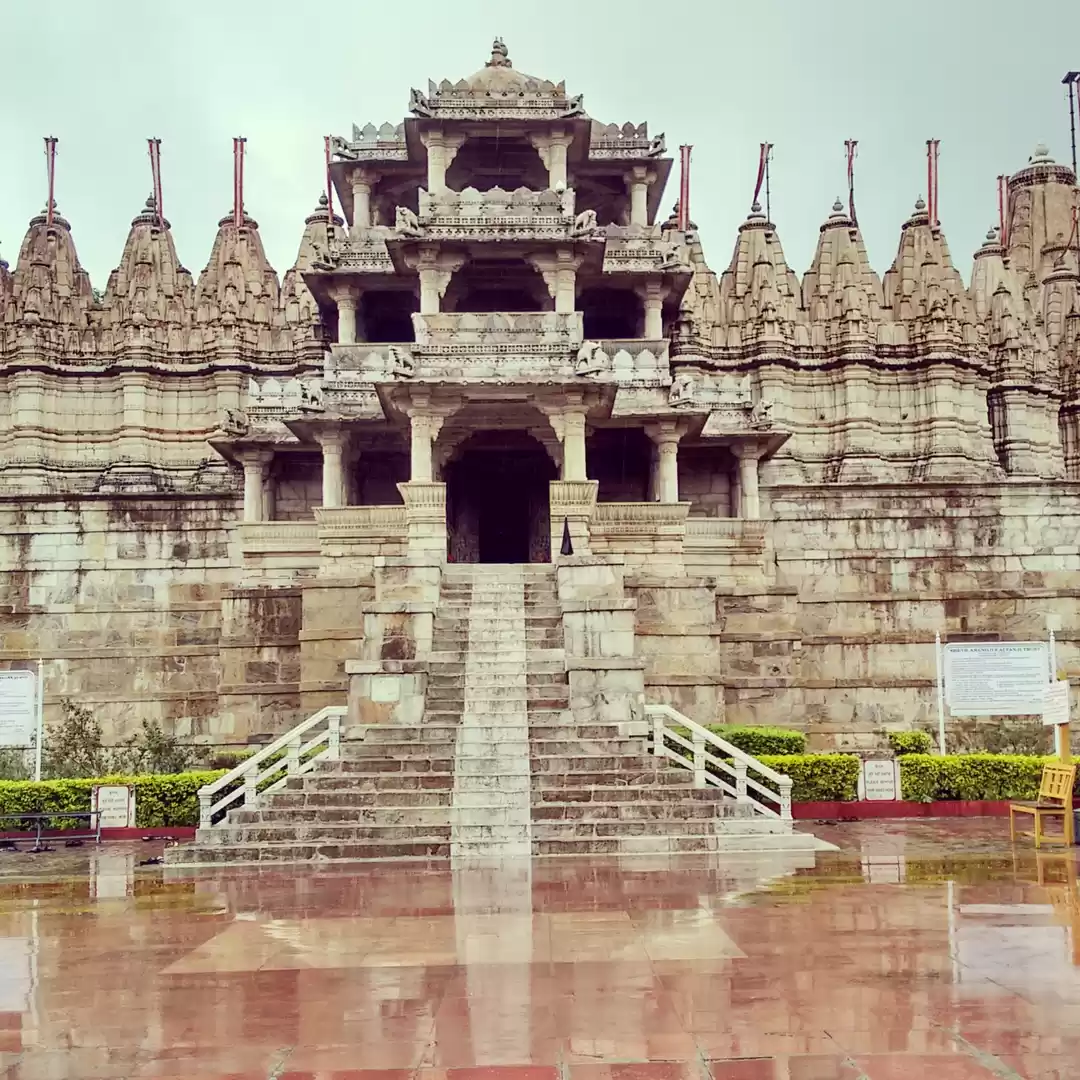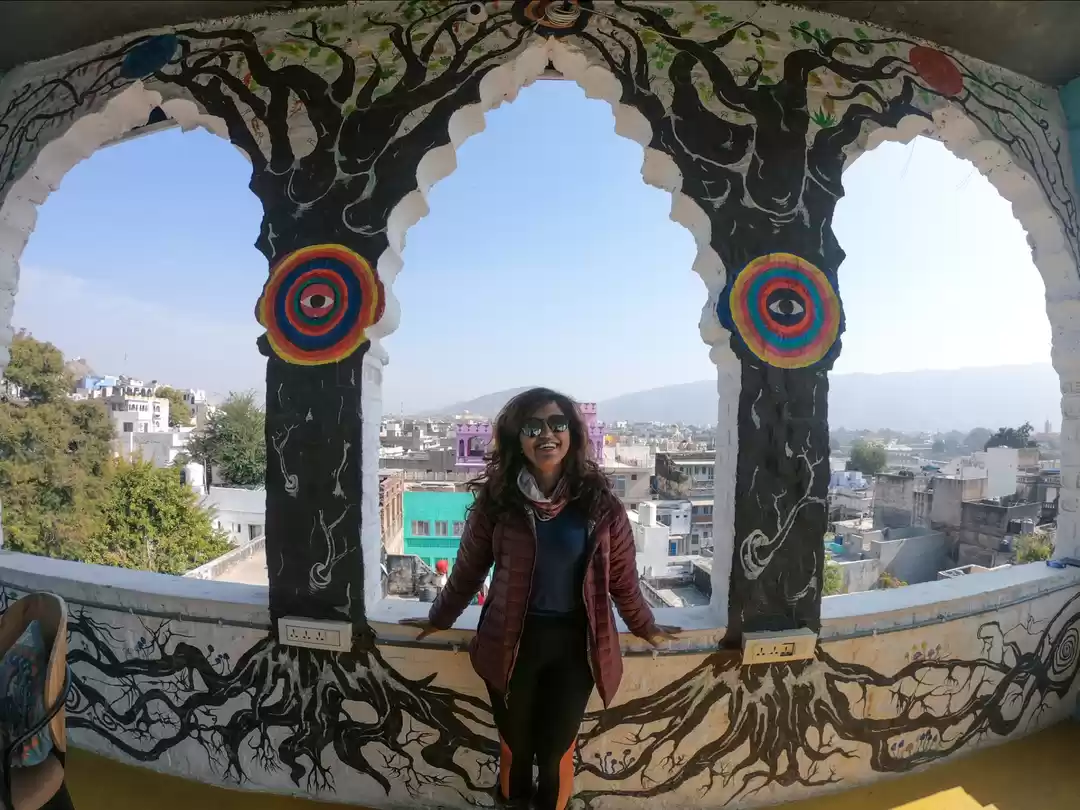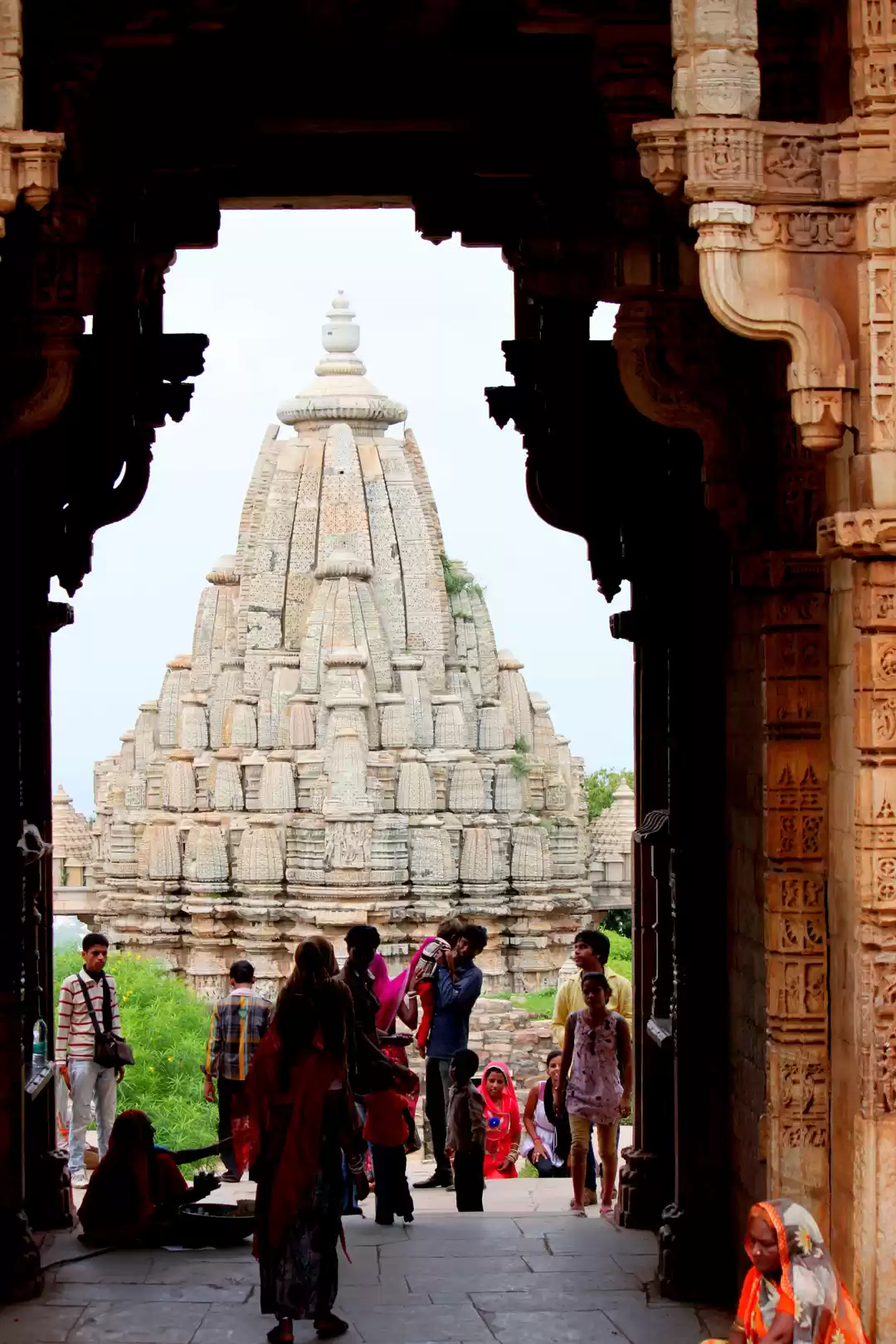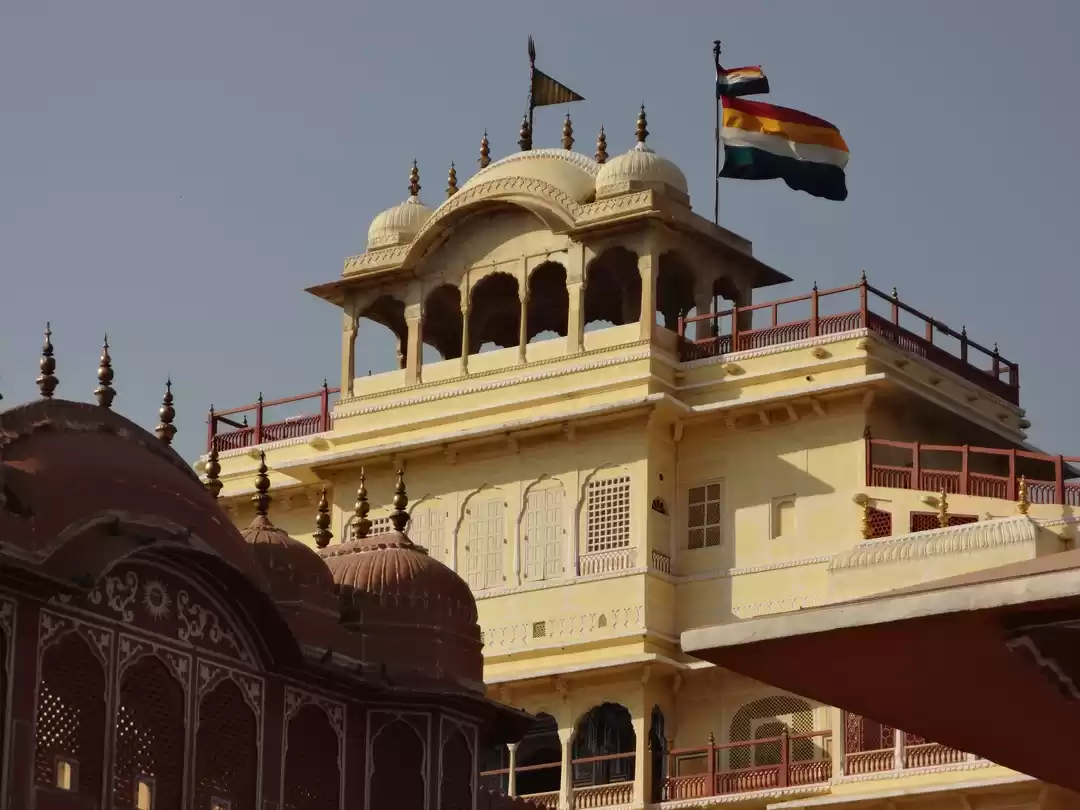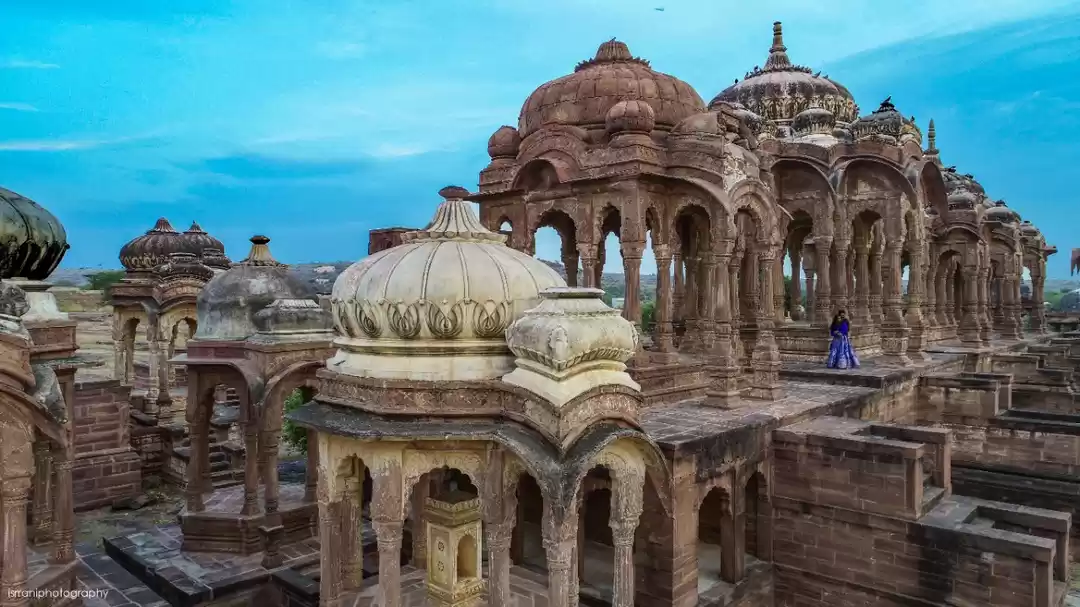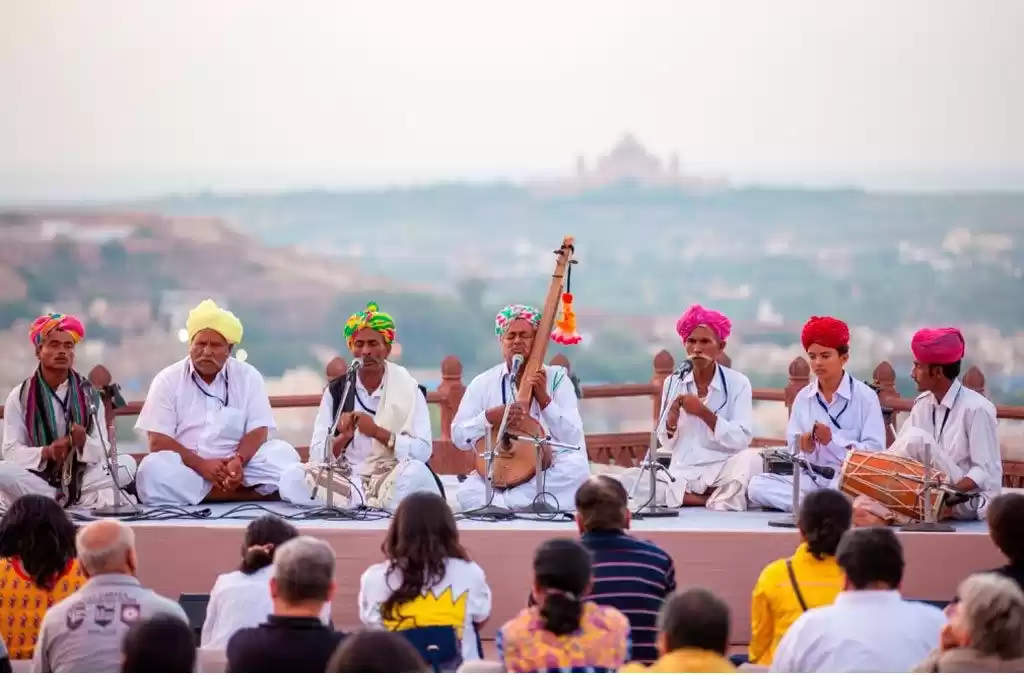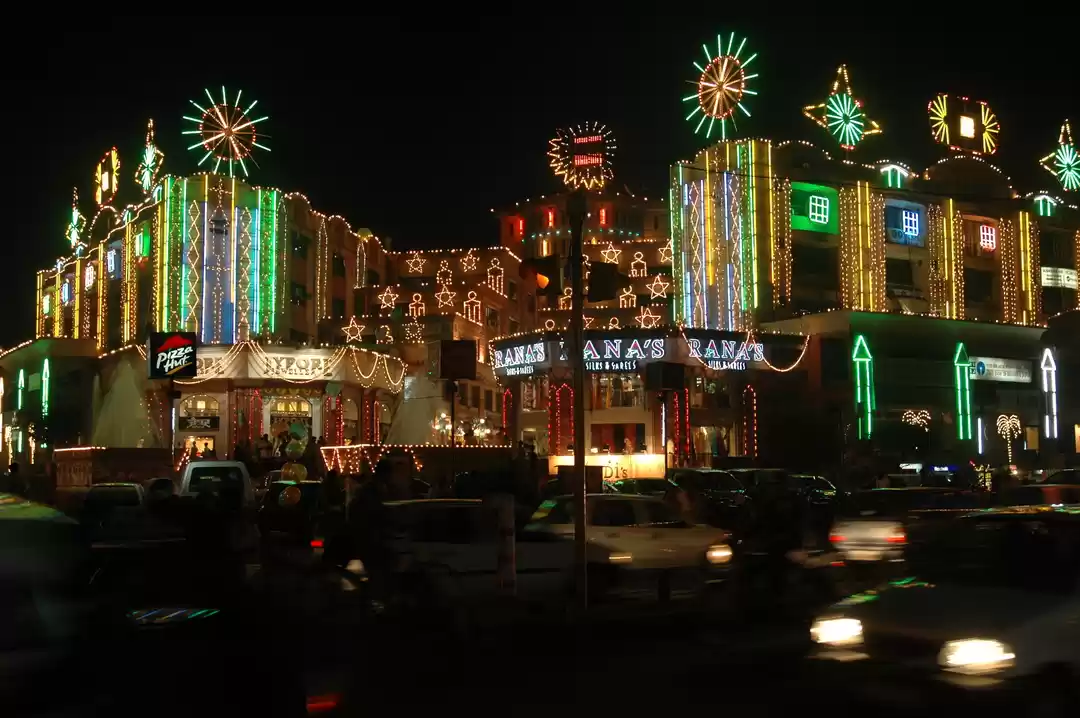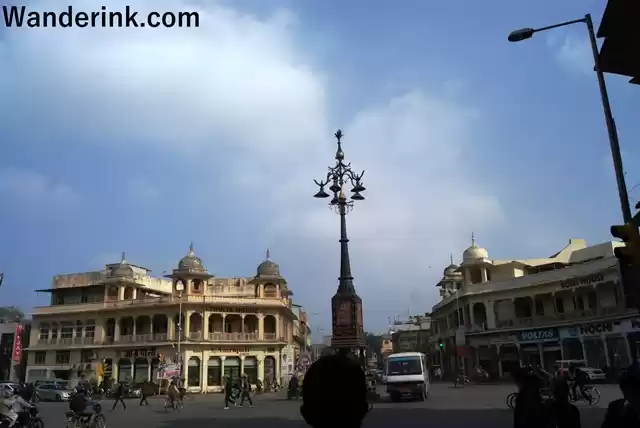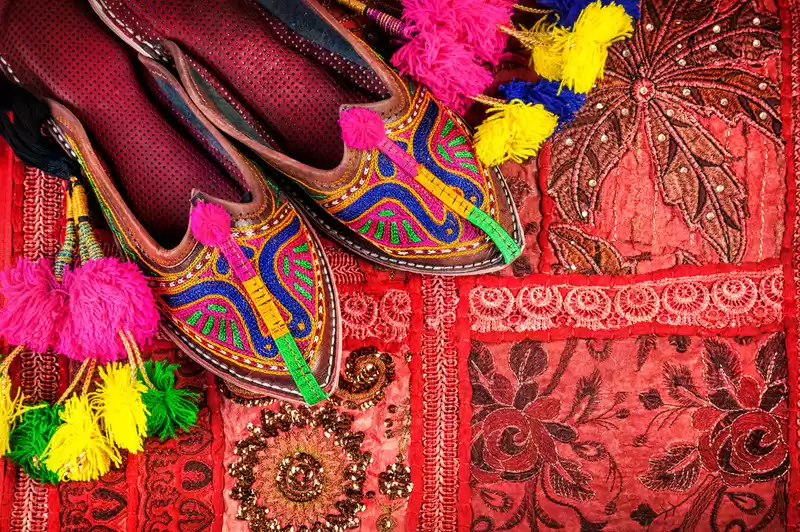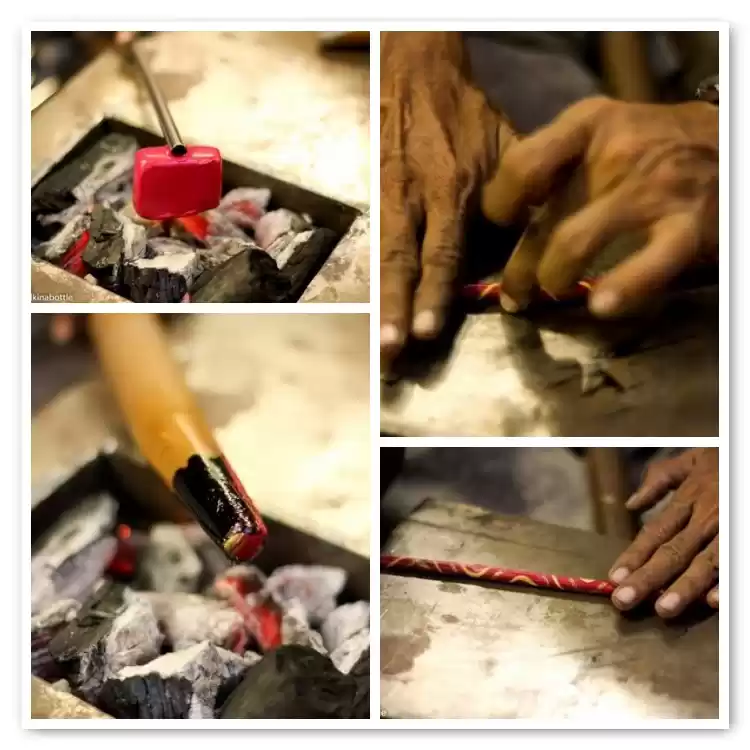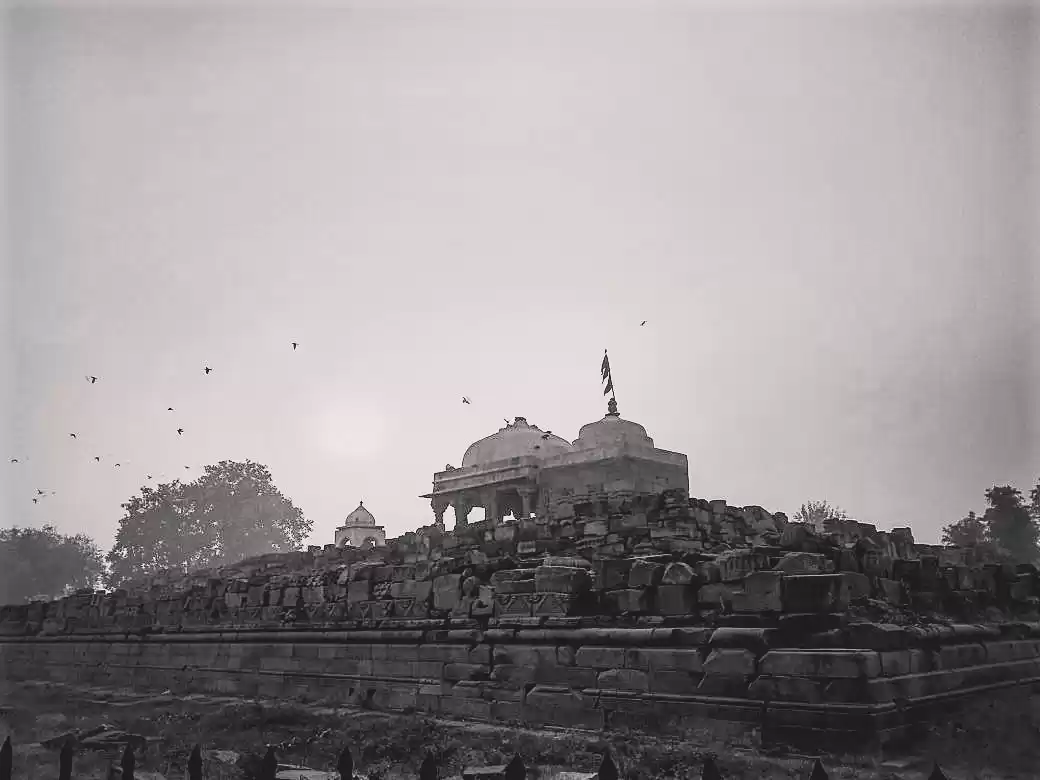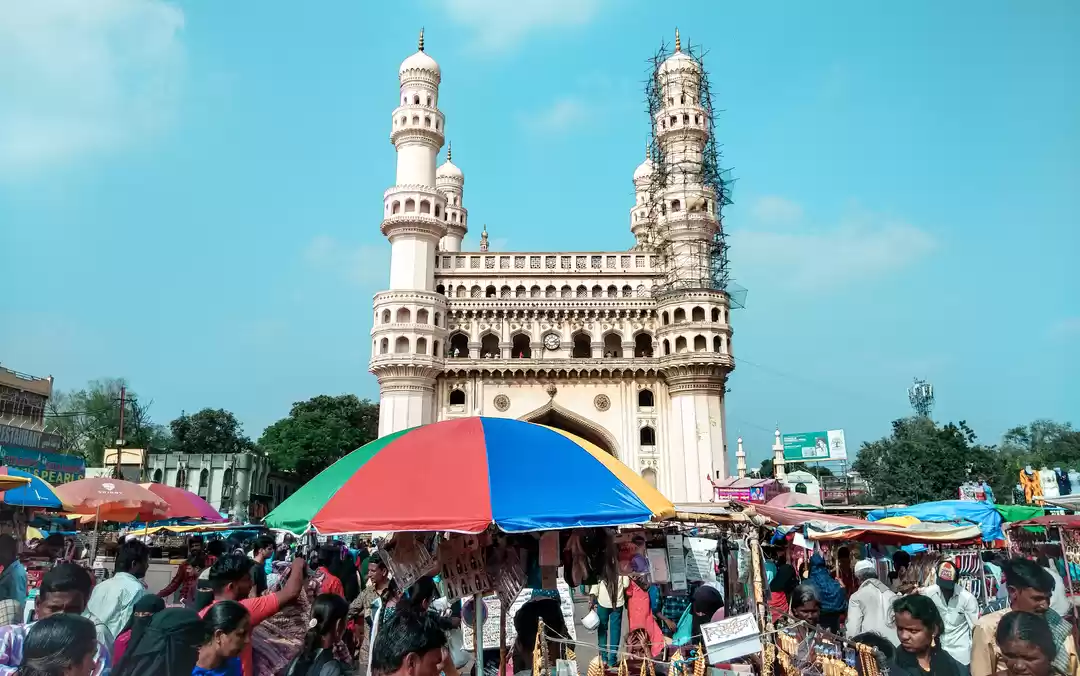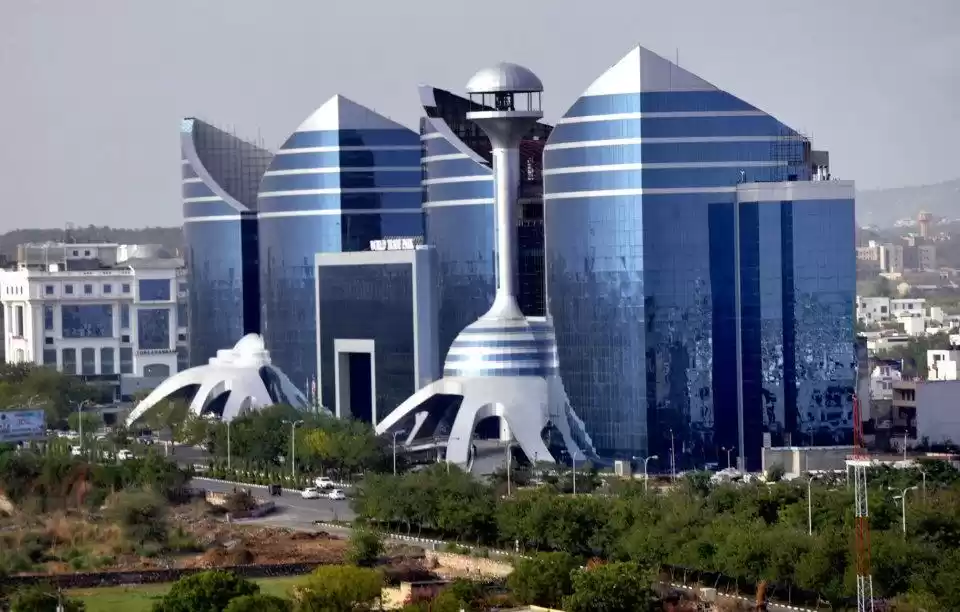I was 10 years old when I had my first brush with Lac. I had gone for a fair somewhere and remember being given a stunning golden bangle with small mirrors on it.
“Be careful with it. It is lac. It will break easily.” My mom cautioned me.
I looked at the shiny bangle resting on my wrist and nodded. I treated that bangle more carefully than I treated anything made of glass. I’ve always loved lac bangles since then.
Lac is a resin that is secreted by an insect when it feeds on host trees. The resin is scraped off the bark of the tree and is washed several times. This process gets rid of impurities and leaves a deep red resin which can be moulded into a bangle. Lac is malleable when heated which is what makes it versatile. It also easily absorbs colours, which is why the bangles I saw had vibrant colours unlike those I had seen before.
Unfortunately though, today, a lac bangle, like the thousands of other small and unobtrusive parts of Indian culture, is fast vanishing. With intricate and delicate artificial jewellery, nobody looks for a bangle that has the chance of crumbling, even though this handicraft is something every woman should proudly wear on her wrists.
And so when I planned my trip to Jaipur, I decided I must visit this lane. Jaipur’s Tripolia Bazaar is intricately organized into lanes, dedicated to makers of a particular craft. There are lanes for blacksmiths, for jewelers, for cloth merchants, for children’s clothes, books and the like. Each with the profession’s names, like Nataniyon ka Rasta, Tikkiwalo ka Rasta, Sonthaliwalon ka Rasta, Haldiyon ka Rasta. One such lane, dedicated specially for bangle makers, Maniharo ka Rasta, was my destination.
Maniharo ka Rasta is small but filled with brightly lit up shops. Every shop tries to woo you in with bangles. The sellers, who also make the bangles themselves, pride themselves and their art and the range of bangles will astound you. There are everyday wear bangles and those you can wear for an occasion. Some bangles looked so good, that they would easily fit in any bride’s trousseau, that is, if she knew about them.
Almost towards the end of the lane, I came across a small dingy shop without much lighting. By then I was tired of the sellers beckoning me and trying to sell me their wares and I walked ahead. But the small girl selling the bangles stopped me and once I sat down, I was shown their full wares.
And my god, was that the best decision I made. This shop gave me the flexibility to buy bangles in whatever combinations I liked and they had bangles which were not very studded. Unfortunately, they did not have too many in my size, so I promptly ordered and was told I could collect it the day after.
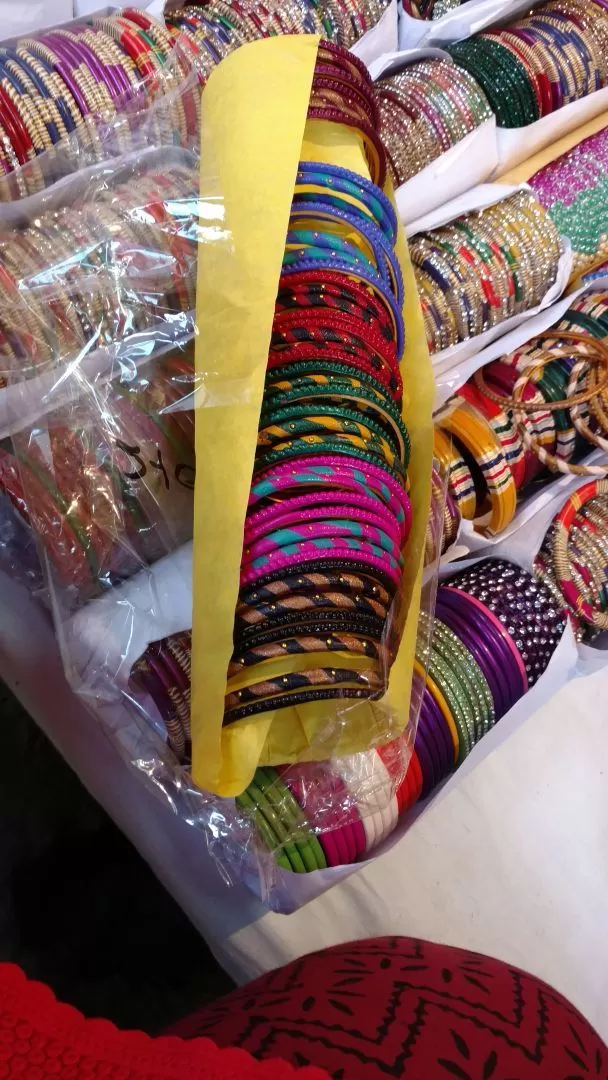
While we were sitting there, selecting bangles, we started talking to the seller and his wife. They recounted their stories of selling bangles and how the lane was really famous. Most tour companies brought tourists here to showcase Indian culture. Btu he lamented over how tourists sat down and saw all their beautiful bangles, but ended up buying nothing. There were also people who haggled over bangles even though they cost barely anything considering the work involved. While we were talking, his wife picked up a bangle that I liked and resized it over her small stove.
I found it fascinating to learn about how they made bangles. Even though this was a small shop, the owner had a few karigars or artists he employed who made the bangles based on orders. We learned about how their family had been involved in this trade for many generations. And he showed me the effort behind a bangle because his daughter was working on one while we were making our purchases. I could see why these bangles cost more. They were genuine and to hand roll every piece of resin into a bangle shape took effort, skill and expertise.
The next time I returned to him, I had decided to buy bangles for everyone I knew. I felt proud taking home a piece of unappreciated culture that many of the people took for granted. I must have taken several dozens of bangles and I hardly paid more than Rs. 700 for the lot of it.
Lac bangles were commissioned by the King of Amer and under his patronage, the manihar craftsmen shifted their base to Amer and from Amer to Jaipur. And that’s how this beautiful bangle became an irreplaceable part of the Rajasthani culture.
This piece of art is not protected from duplication and fakes. One can find many touts selling something as a lac bangle, but only when you hold one bangle made in front of you can you distinguish. A genuine lac bangle is heavy and the design looks more than paint. An artificial bangle they sell in the main bazaars of Jaipur on the streets, is a mere shadow.
The next time you visit Jaipur, take a trip down this lane. Meet some of the bangle sellers and hear their stories. Their wares are delicate and you can be assured of their quality. My bangles made it through check in baggage in the flight without a single one breaking. This is a testament to their quality and hard work.
Jaipur is a city with many fascinating lanes. To all of us interested in preserving history, Maniharo ka Rasta should on the top of the lanes begging a visit.
How to Get There:
1. Maniharo ka Rasta is in Tripolia Bazar in Jaipur’s Pink City.
2. Maniharo ka Rasta is a lane starting from the Tripolia Bazar Lane, close to Isargol and Tripolia Gate.
3. The Shop I purchased my bangles from is M.A Ahmad.
4. Jaipur is easily accessible by flight, train and bus from major metro cities.
Frequent Searches Leading To This Page:-
Jaipur hotel package for family, Jaipur tour package, Jaipur places to visit, getaways from Jaipur, Jaipur city tour






